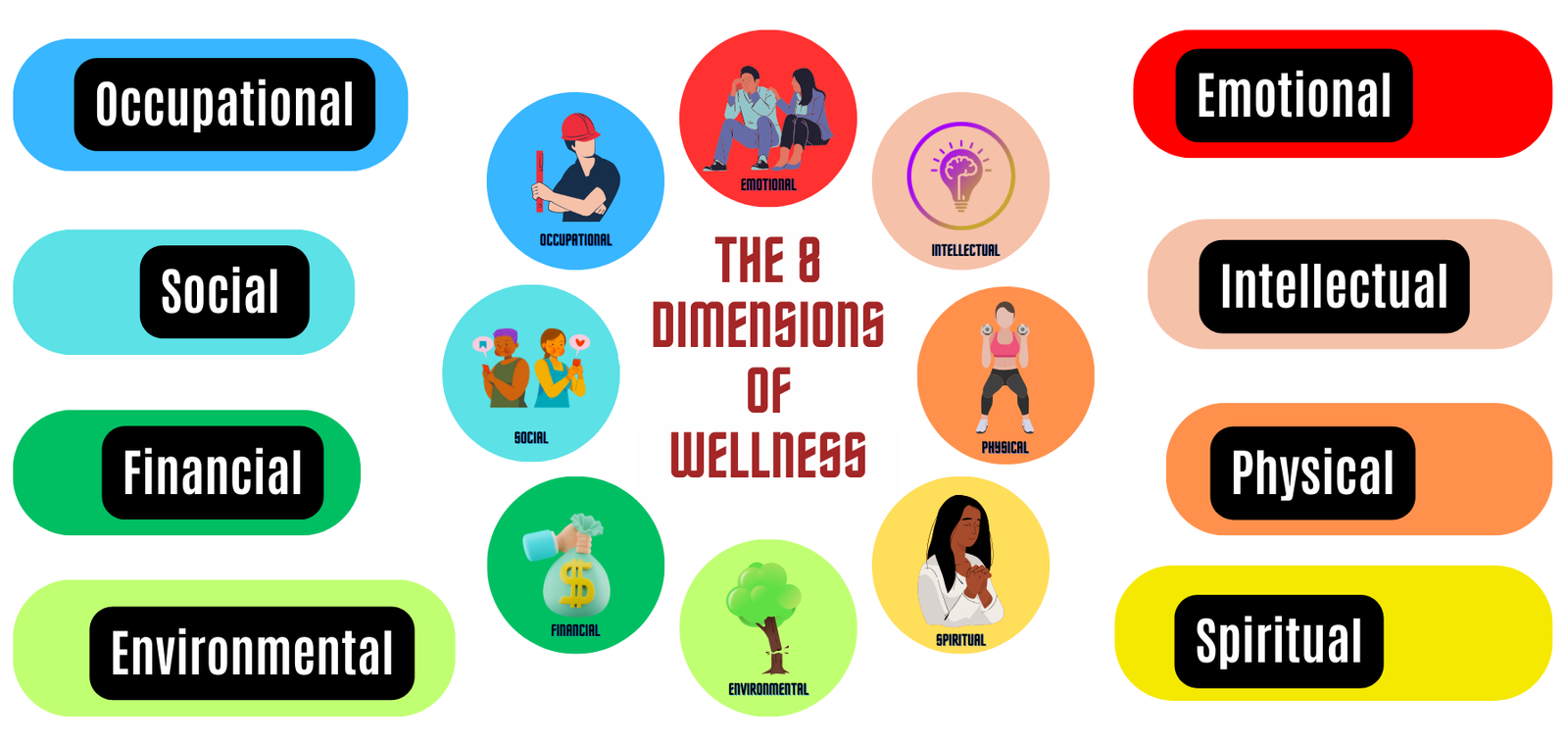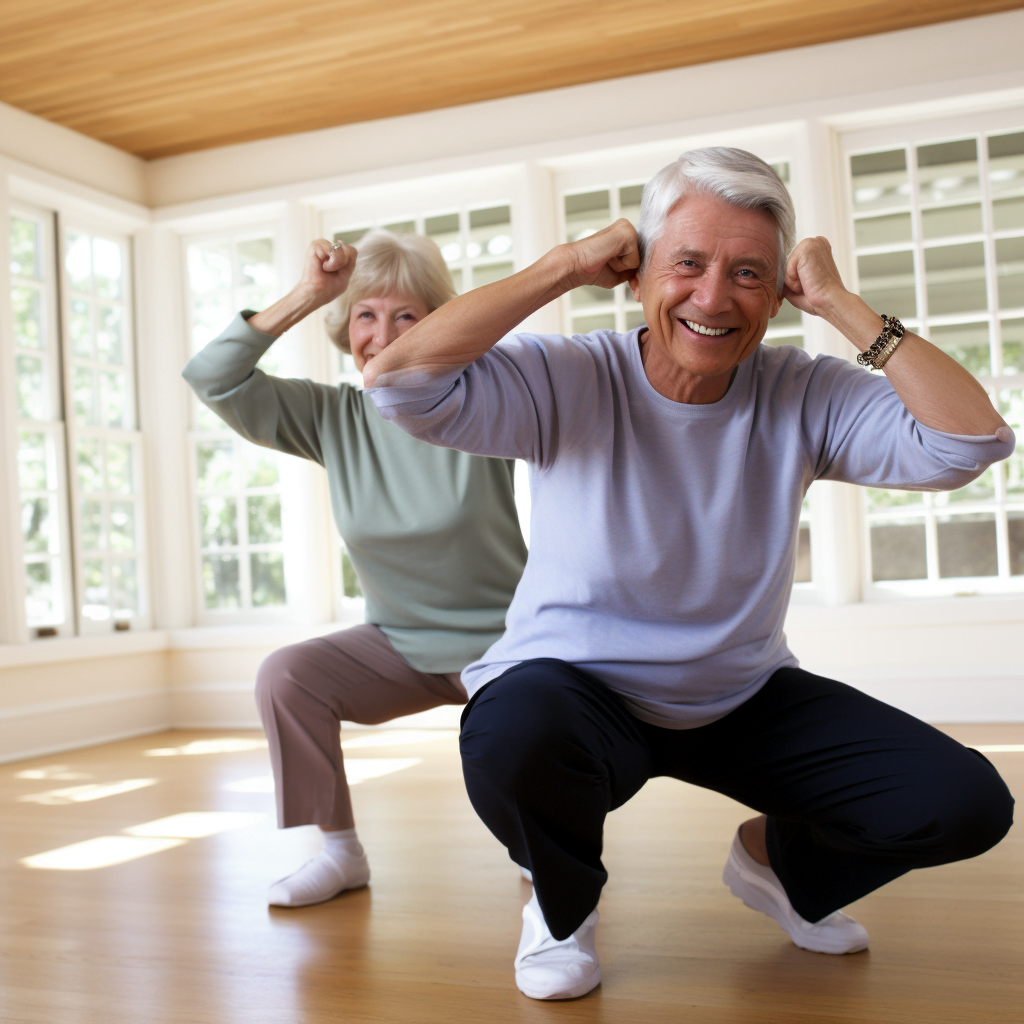As time progresses, our bodies experience changes that may limit our movement and flexibility. therefore stretching Exercises for Seniors are vital to retain mobility and enhance overall health. In this post, we explore the merits of stretching for seniors, notably in reducing joint pain and body discomforts. We delve into various stretching techniques, including both static and dynamic stretches, and their distinct advantages. Additionally, we offer simple home-based stretching routines targeting key areas such as the shoulders, neck, back, hips, legs, and feet. We’ll guide you in creating a stretching plan tailored to your lifestyle, focusing on safety and maintaining motivation and commitment to your routine, while acknowledging your achievements along the way.
Understanding the Importance of Stretching exercises for Seniors
Engaging in regular physical activity, particularly flexibility exercises, is key for seniors’ overall health and well-being. Stretching exercises, when integrated into daily life, can enhance joint health and ease muscle tension. Regular static stretching can notably improve flexibility and motion range, while practices like yoga and tai chi are a great way to positively influence seniors’ flexibility.
Positive Impacts on Mobility and Flexibility
Consistent stretching exercises can significantly enhance flexibility in the upper arm and shoulder areas, leading to better mobility. Regular neck stretching also improves upper body flexibility and motion range. Additionally, maintaining regular stretching routines for the right foot can boost mobility and contribute to overall physical well-being in seniors.
Minimizing Joint Pains and Body Aches
Incorporating stretching exercises into your daily routine can mitigate joint pain and bodily discomforts, thus elevating life quality. These exercises stimulate blood flow, decreasing the risk of injuries and promoting health. Flexibility exercises, particularly dynamic stretches, are effective in relieving muscle tension, especially in the lower back and upper body, and are vital for diminishing joint and back pains.
Different Types of Stretches: Static vs Dynamic
Static stretches involve holding a position to stretch a muscle, while dynamic stretches entail continuous movement. Static stretching targets flexibility and joint motion, whereas dynamic stretching improves blood circulation and muscle suppleness. A combination of both types of stretching is ideal for seniors looking to enhance their physical health.
What are Static Stretches and their Benefits?
Static stretches focus on individual muscles, aiding in flexibility improvement. Regular static stretching can lessen muscle tension and injury risk. For older adults, static stretching is particularly beneficial for maintaining health and enhancing muscle and joint flexibility.
What are Dynamic Stretches and their Benefits?
Dynamic stretches are essential for any exercise routine. They prepare the body for physical activities by improving joint motion and muscle flexibility and coordination. Including dynamic stretches in your warm-up routines can lead to enhanced physical performance.
Starting Your Stretching Journey: Safety Measures
Before starting a stretching routine, it’s crucial to consult a physical therapist to understand your body’s capabilities and avoid injuries. Always perform stretches on a secure, non-slip surface. Safety is paramount in your stretching routine to effectively achieve your flexibility goals.
Consultation with Health Professionals
A physical therapist can help tailor a stretching routine to your specific needs. This guidance is particularly important for individuals with conditions like rheumatoid arthritis to ensure safe and effective exercises. Healthcare professionals can recommend stretches that best suit your needs, ensuring a safe and personalized stretching plan.
Understanding Your Body’s Limits
Knowing your body’s flexibility limits is essential for safe stretching. Being aware of your lower and upper body’s motion range prevents overstretching and injuries. Recognizing your body’s limitations allows you to safely perform stretching exercises, minimizing discomfort and pain.
Easy-to-Do At-Home Stretching Exercises for Seniors
Shoulder and neck stretches are key to easing muscle tension and boosting flexibility. Back and hip stretches play a vital role in sustaining lower back and hip flexibility, while leg and foot stretches enhance ankle mobility. At-home stretching exercises, including those for the upper back, significantly uplift seniors’ quality of life, akin to a natural boost in flexibility. Engaging in these exercises regularly, seniors can enjoy greater mobility and a diminished risk of low back pain, paralleling physical therapy’s benefits.
Shoulder and Neck Stretches
Shoulder and neck stretches are essential for enhancing upper body flexibility and easing muscle tension. Neck stretches, pivotal for neck flexibility, help diminish the risk of stiffness and discomfort. Integrating shoulder rolls daily can soothe muscle tension, and gentle shoulder and neck stretches, such as the shoulder stretch where you reach your right arm across your body and hold for 10 to 30 seconds, boost blood circulation. Essential for good health, these stretches are key to daily wellness, mirroring the benefits of physical therapy in reducing low back pain.
Back and Hip Stretches
Maintaining flexibility in the lower back and hips is critical. Gentle stretches for the back and hips play a significant role in improving overall flexibility. Regular stretching reduces muscle tension risk. For seniors, these stretches are crucial in sustaining flexibility and enhancing life quality.
Leg and Foot Stretches
For seniors, improving lower body flexibility and joint range is vital. Ankle flexibility is a cornerstone of overall mobility. Incorporating calf stretches daily can bolster flexibility, and leg and foot stretches, including a calf stretch with the right knee straight, improve muscle flexibility. These gentle stretches also aid in promoting blood circulation. Videos demonstrating these exercises can be beneficial, emphasizing proper form to prevent discomfort or low back pain.
Keeping Consistency: How often should seniors stretch?
A consistent stretching routine is vital for seniors to foster flexibility and mobility. Stretching at least 2-3 days per week is recommended to minimize injury and joint pain risks. Consistent stretching also improves blood circulation and overall health.
Setting a Stretching Schedule
A daily stretching schedule ensures a well-organized routine with diverse flexibility exercises. Scheduling stretching sessions during peak energy times maximizes benefits. Integrating stretching into daily routines positively impacts mental health and overall quality of life. A specific stretching time each day fosters better flexibility and mobility.
Adapting to Your Body’s Responses
Paying attention to your body’s signals during stretching is crucial for seniors. Adapting the routine to these responses ensures safety and effectiveness. Adjusting exercises based on your body’s range of motion prevents muscle tension, discomfort, and potential injury, enhancing overall well-being.
Dealing with Challenges in Stretching Regime
Navigating initial discomfort and fatigue when beginning to stretch is manageable. Adapting the routine to individual needs helps seniors overcome challenges. Focusing on stretching’s health benefits and celebrating progress can maintain motivation. Patience and a positive mindset are key to overcoming physical and mental challenges, leading to improved flexibility and well-being.
Overcoming Initial Discomfort and Fatigue
Gradually increasing workout intensity can alleviate initial discomfort and fatigue. Focusing on long-term benefits helps maintain motivation. Implementing safety measures and starting with gentle stretches are important for easing into the routine. A positive and patient approach is crucial in overcoming discomfort and staying committed to the routine.
Staying Motivated and Committed
Commitment to stretching exercises is crucial for seniors. Setting realistic goals and monitoring progress can enhance motivation. Joining stretching classes or groups provides support and motivation. Visualizing the positive effects of regular stretching bolsters commitment and motivation. Exploring various stretching types, like dynamic stretches, adds variety and keeps the routine engaging.
Celebrating Progress: How to Measure Your Improvements?
Seniors can track their progress in stretching by observing increased flexibility and range of motion. Noting improvements in daily activity performance and posture also signifies progress. Reduced joint pain and greater comfort in routine movements are marks of enhanced flexibility.
How has regular stretching impacted your daily life?
Regular stretching exercises significantly impact seniors’ daily lives. They improve upper body flexibility, lessen lower back pain, boost calf muscle flexibility, and enhance ankle and shoulder blade flexibility. These improvements lead to better range of motion, posture, and overall health.
Conclusion
Incorporating stretching exercises into your daily routine offers extensive benefits for seniors. Regular stretching improves mobility, flexibility, and joint health, reducing the risk of aches and pains in the long run. Understanding various stretches, like static and dynamic, and their benefits is important. Beginning your stretching journey with safety considerations and knowledge of your body’s limits is essential. Consistent stretching, adapting to your body’s needs, overcoming initial challenges, and celebrating progress are crucial steps in a successful stretching regime. Start these easy-to-do at-home stretching exercises to experience a positive impact on your well-being.
Disclaimer: This article is for informational purposes only and should not replace professional medical advice. Consult with a healthcare professional before starting any new exercise or diet regimen.
This article may contain affiliate links, and if you click on them and make a purchase, I may earn a commission at no additional cost to you.





